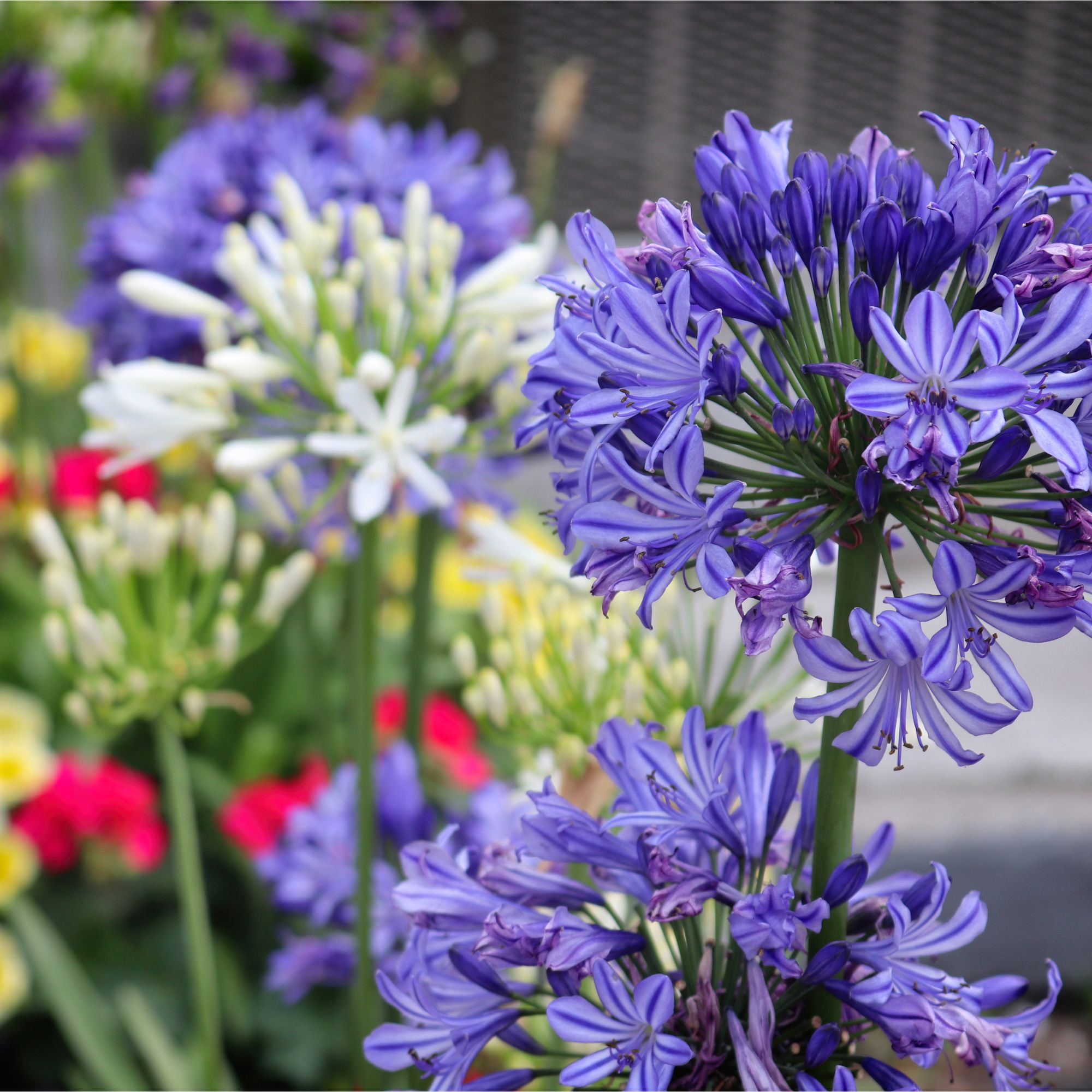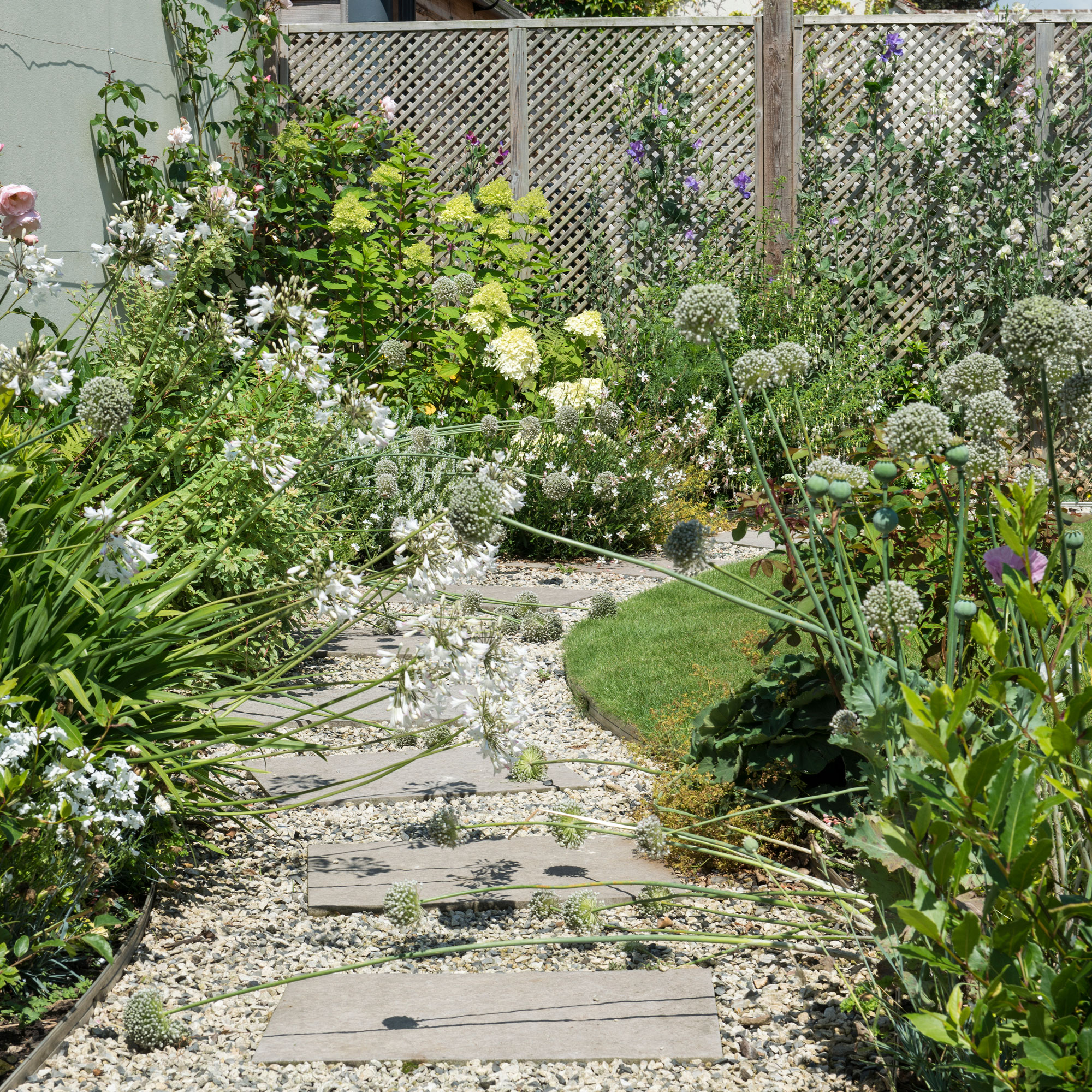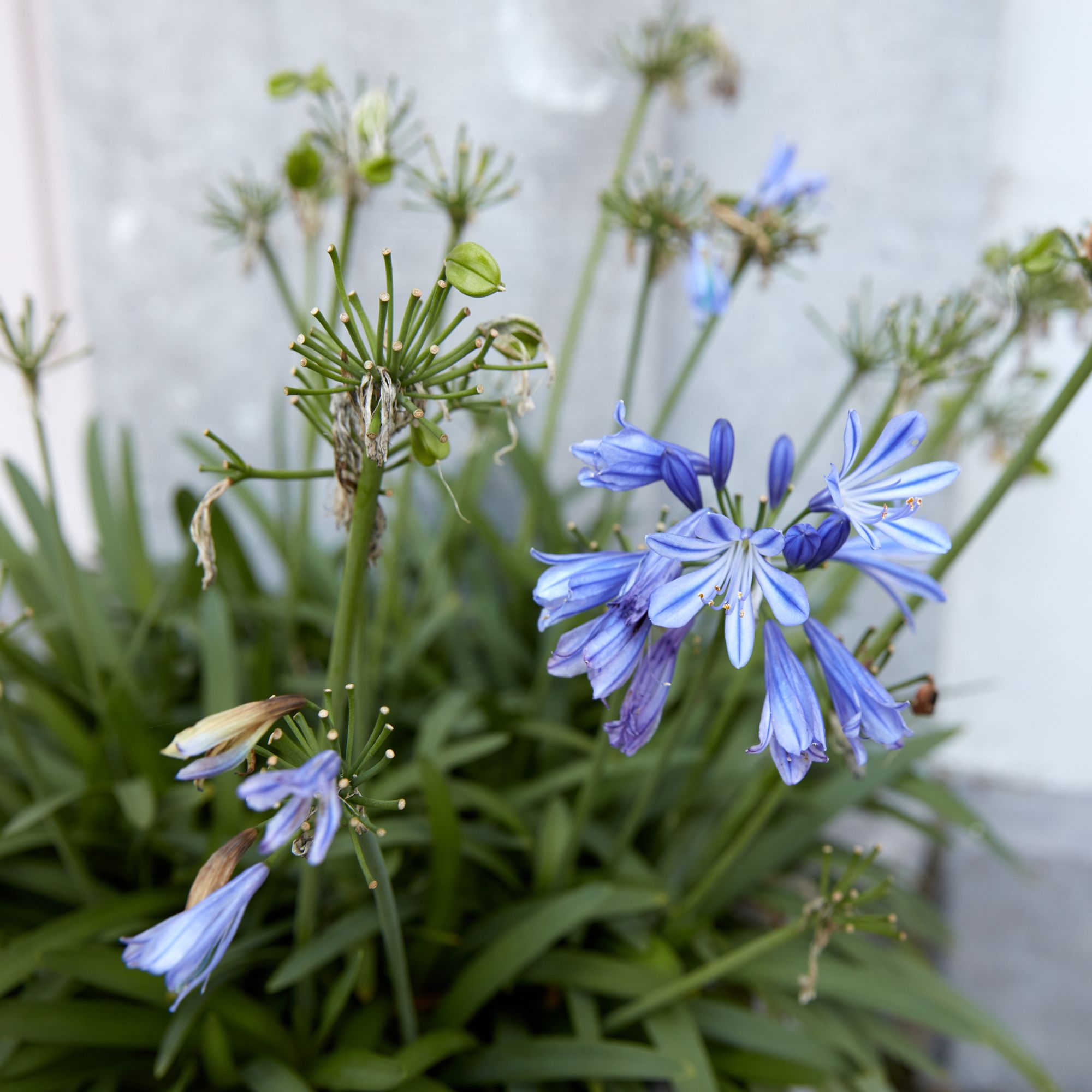
Whether you know it as agapanthus or African lily, this gorgeous perennial is a welcome addition to any outside space. But agapanthus flowers (sadly) don’t last forever, which is why you might ask: should you deadhead agapanthus?
With its long stems and large, globe-shaped flowerheads, agapanthus will suit any garden idea, from charming cottage garden ideas to more rustic coastal garden ideas. And while agapanthus can flower for up to six weeks at a time, there will come a time when the flowers start to fade, and the plant wants to turn to seed.
When that happens, you have to make a choice. Should you deadhead agapanthus? Or should you leave it alone? Well, to help you avoid making any deadheading mistakes, we’ve got everything you need to know about deadheading (or not deadheading) agapanthus.
Why you should deadhead agapanthus

The general rule of thumb is that you should deadhead flowers as soon as they’re spent, and this is also the case with agapanthus.
As agapanthus is one of the best bulbs to plant in February, most agapanthus plants will flower for around six weeks from mid-summer to early autumn. However, you can deadhead them as soon as their colour starts to fade and they start to lose their vibrancy.
Morris Hankinson, Director of Hopes Grove Nurseries, says, ‘Once flowers are spent e.g. wilted or dried, removing them can encourage the plant to produce more blooms, deadheading keeps the plant looking tidy and attractive.’
‘By removing spent flowers, you prevent the plant from putting energy into seed production, which can help the plant conserve energy for growth and next year's blooms. Not only this, removing old, decaying flowers can reduce the risk of diseases that thrive on decomposing plant material,’ he adds.
To do this, you just need to grab some clean secateurs and cut off the stem at the base of the plant, where the stem meets the foliage. Morris says, ‘This helps to promote better air circulation and keeps the plant looking tidy.’
You can then add the waste to your compost heap and wait for the organic matter to decompose before using it to feed your garden.
By doing this, you should have a happier, healthier, and more vibrant plant. But just because you can deadhead agapanthus doesn’t mean that you should.

Why you shouldn’t deadhead agapanthus
Although deadheading agapanthus can certainly work in your favour, that doesn’t necessarily mean that you have to do so. According to the RHS, ‘Some people also like to leave on the seedheads for early winter interest.’ In fact, this is one of the reasons why people question whether they should deadhead aliums, too.
Both plants offer impressively long stems and spherical flowerheads, which will ultimately dry out and turn to seed heads if you don’t deadhead them. Even when dead and dry, these heads can still add height and visual intrigue to your garden. So, it could be worth leaving them alone.
Of course, you can then cut them down when you’ve had enough of them and want to make space for new plants in your garden borders. But if you want to keep these seed heads over the winter months, it’s important to note that they struggle to survive the cold temperatures. So, cover the heads with frost-protective plant covers.
Leaving the seed heads in place can also allow you to collect and sow more agapanthus for free or allow the plants to self-seed if you’re more of a trust-the-process type of gardener. Because of this, there are certainly benefits to enjoy if you choose not to deadhead agapanthus.

Why you should only deadhead some of your agapanthus
If you have agapanthus in your garden and want to enjoy the best of both worlds, you do have another option to consider.
This option involves deadheading the large majority of your agapanthus and then leaving a few stems to go to seed to add visual appeal to your garden. By doing this, you can prevent the majority of your plants from going to seed and wasting their energy but still enjoy the look of the seeded flowerheads.
Plus, you'll also be able to add even more agapanthus to your garden for free next year. And in an ideal world, you should deadhead 90% of the plants and leave the remaining 10%.
Ultimately, though, it’s your garden… so it’s your choice.
What you'll need
If you want to deadhead your agapanthus, just make sure that you have some clean snippers to help you out. Always clean with soap and water before use to prevent the spread of disease.
If seeing your agapanthus start to fade has left you feeling down in the dumps, you can stock up on these potted plants instead so you can enjoy even more blooms next year.
No matter whether you're deadheading your agapanthus or not, it's always good to have a pair of gardening gloves to hand. Just in case.
FAQs
How many years does it take for agapanthus to flower?
If you’re growing agapanthus from seed, it should take around two years for your agapanthus to flower for the first time. In some cases, it may even flower after the first year.
This gives the plant enough time to truly establish itself before blooming, and is a great nugget of information to have to hand if you’re planning on collecting the seeds and propagating your agapanthus.
Just remember that all plants are different, and certain factors such as agapanthus variety and growing location can all affect the flowering of your plants.
Is tomato feed good for agapanthus?
Agapanthus definitely benefits from feed during the growing season, and tomato feed should provide all of the nutrients it needs to thrive. That’s because agapanthus loves high-potash feeds, which promotes flowering.
Ideally, you should feed agapanthus with tomato feed either weekly or fortnightly during the growing season, as this can not only promote flowering but also prolong flowering.
So, should you deadhead agapanthus? Well, it all depends on what you want from your agapanthus.







